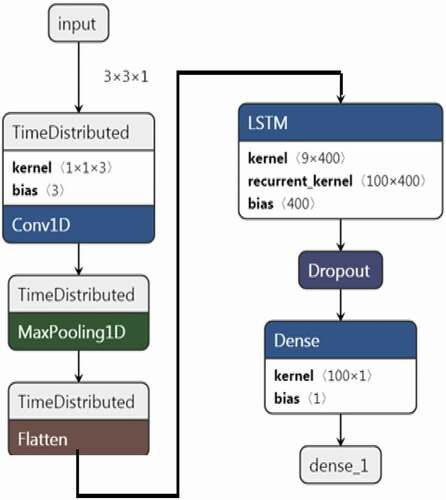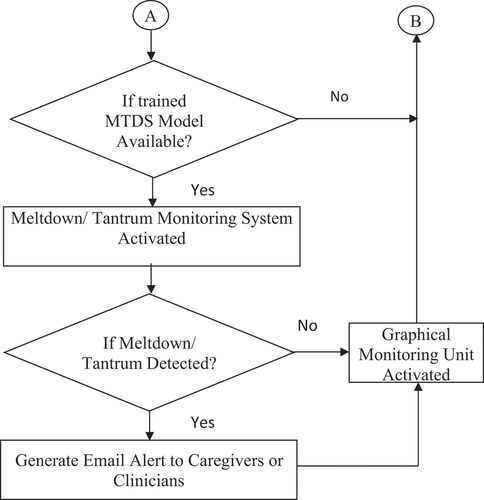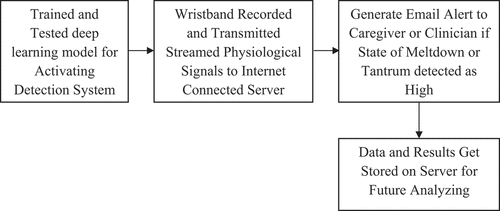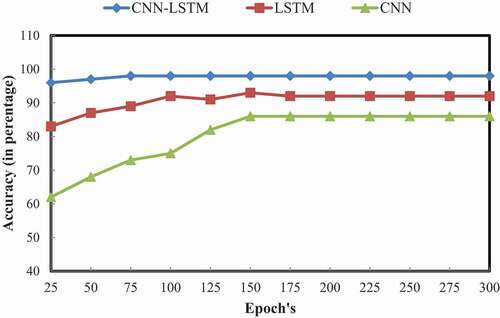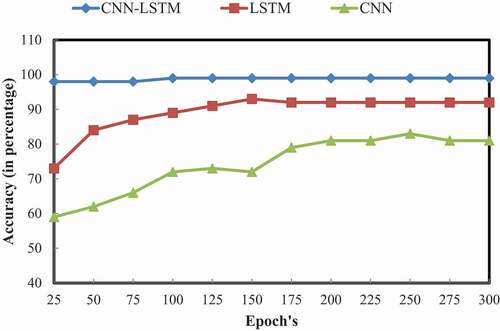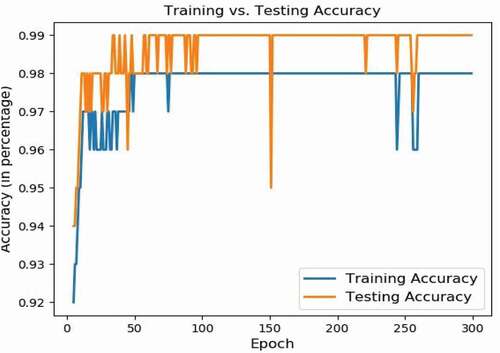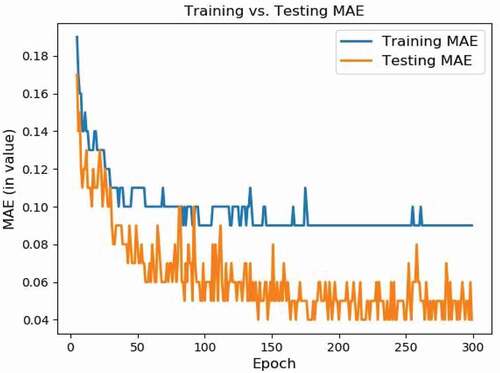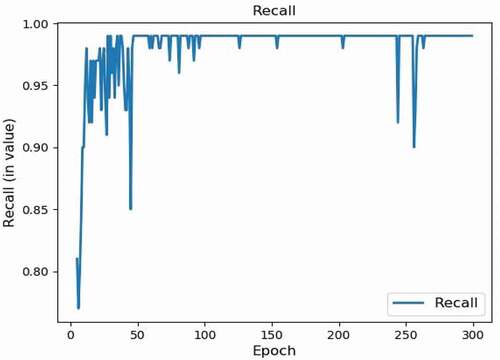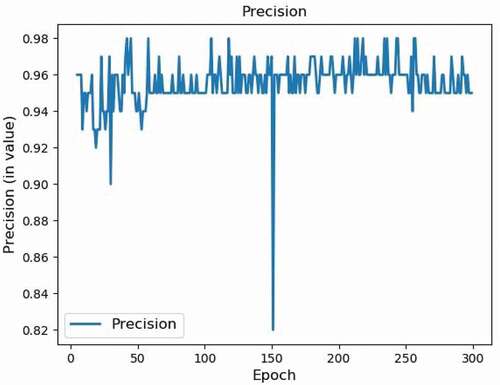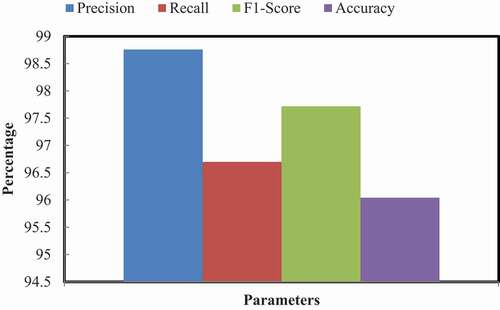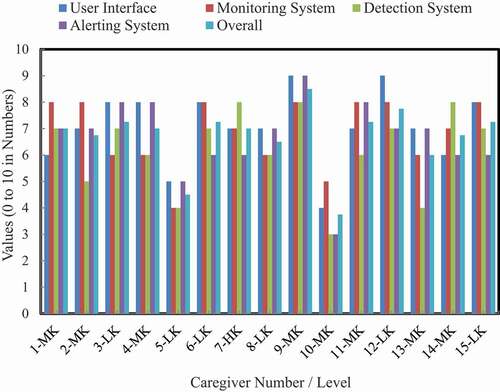Figures & data
Table 1. Physiological parameters with wearable devices
Figure 2. (a) Specially designed hardware wristband prototype. (b) Specially designed hardware wristband connectivity diagram.

Figure 4. Proposed work flow diagram of the proposed MTDS. (a) Proposed work flow of CNN-LSTM training and testing. (b) Proposed Work flow of CNN-LSTM validation.
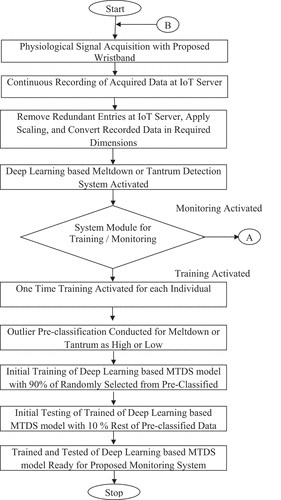
Table 2. Training accuracy of CNN-LSTM vs. LSTM vs. CNN
Table 3. Testing accuracy of CNN-LSTM vs. LSTM vs. CNN
Table 4. Average of K-fold cross-validation of MTDS
Table 5. Caregiver’s responses for the proposed system
Table 6. Statistical analysis based on caregiver’s responses
Table 7. Comparative analysis of the proposed system and available technologies/systems


